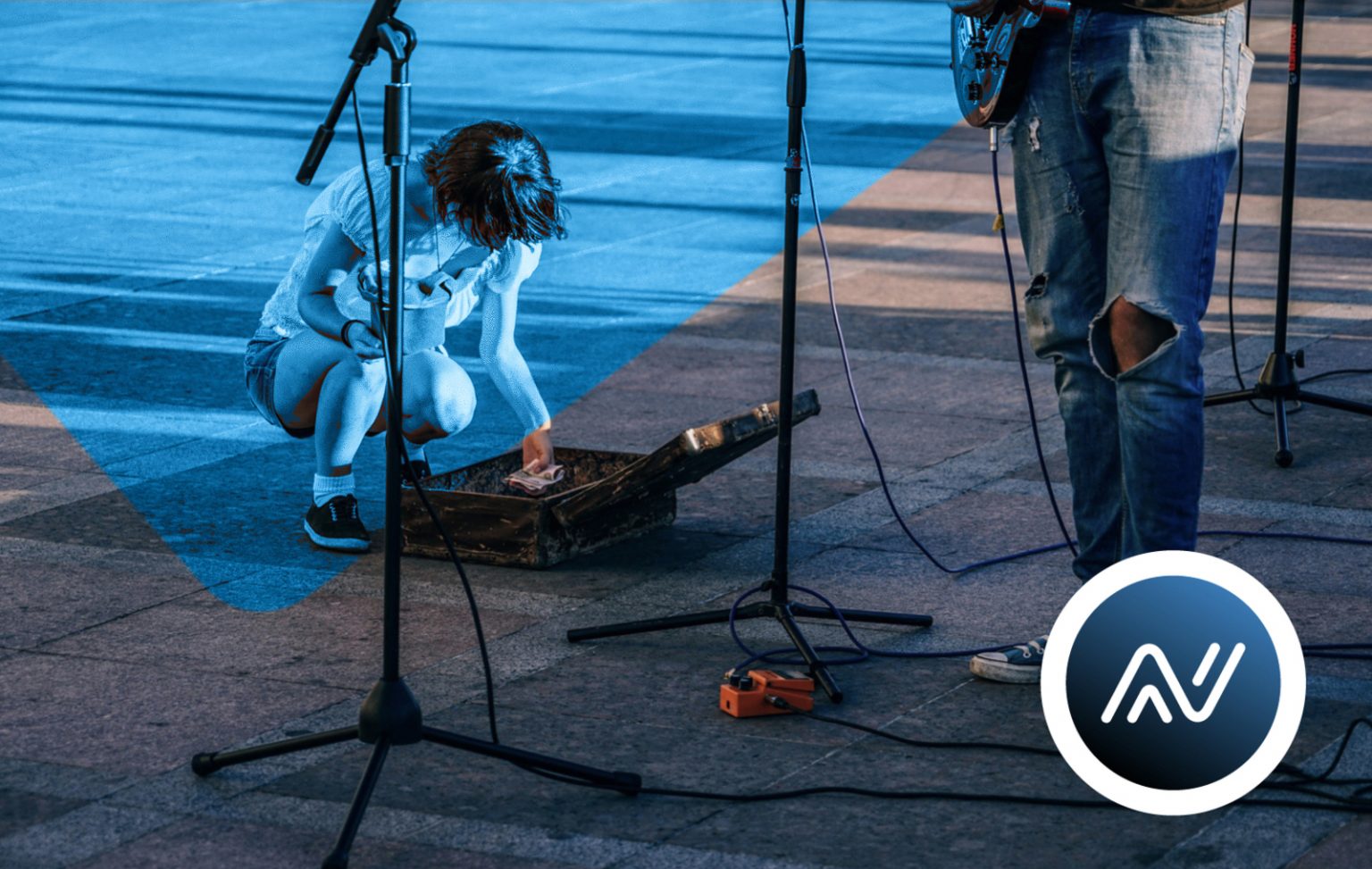Music royalties: what are they and how do they function
Have you ever paid close attention to a videoclip or a music magazine? We guarantee you will see a lot of fancy cars, clothes, jewelry and mansions. A lot of them. Like a lot, for real! The record for the most expensive music video in the world is Michael Jackson’s “Scream”. It cost $7 Million back in 1995, which goes up to almost 11 Million US dollars if we put it in today’s context. Mark Romanek directed this futuristic video in a high-contrast black-and-white, digitally constructed spaceship, which indeed took the biggest part of the budget. All the special effects and lighting -and costumes- that both Jackson siblings, Michael and Janet, needed for the video, still keep the videoclip at the very top of the “Most Expensive Ever Videoclips” list.
Also Madonna turned music videoclips into a real (expensive) product of art. But where do all this money come from? The answer used to be CD sales and income generated through Music Royalties, and they have been generating the main income for all Artists within the music industry. Nowadays for example, many Artists performing as DJs also get a big part of their income from live performances. Nevertheless, thanks to the changing industry and the many streaming services available, income generated from Music Royalties remains one of the most important chunks for any Artist.
Below we will dive in the world of Music Royalties. Well… we will scratch the surface to be absolutely frank.
What are Music Royalties
Music Royalties are payments that Artists, Songwriters, Labels and Publishers (and, generally, whoever owns a part of a music recording) get paid for the right of use of their assets and intellectual property. To make it easy to understand, here at ANote Music we like to compare this with having shares in a company. When someone owns shares of a company, they will earn money through dividends that get distributed. For the Music Industry this is not so different. Instead of ‘owning shares’, you would own Music rights, and instead of earning money through dividends, you’d generate income through Music Royalties.
Music Royalties are generated from a plethora of different licenses and ways of use. Among the main types we have mechanical, public performance, synchronization and print music royalties. We’ve talked about them before on our blog, so have a read if you fancy to get some extra details.
Do I hear copyrights?
There are two types of copyrights: Master and Publishing Royalties.
The first type of music copyrights, Master rights, belong to whoever (Artist, Record Label, Recording Studio etc) owns an original sound recording. And by ‘owns’ we mean financed and funded. So, every song remake that is made from different musicians, in a different style, with a different source of finance, is basically creating a brand-new IP. This property is the so-called Master Recording.
On the other hand we have the Publishing rights, which belong to the owner of the actual musical composition. Here we’re talking chords, melodies, lyrics and rhythms, and, generally, every original part that a songwriter or other type of artist is linked with. We have many cases, though, that songwriters are signing their publishing rights to a publisher.
The best, though, is that if you write your own song, record it, and release it to the public, you will earn royalties for both the composing and performing part. Killing two birds with one stone, we say – or is it too violent?
How do Music Royalties really work?
Nowadays, we have multiple ways in which music is used, and technology is paving the path for new royalty streams every day. Even though most people can now listen to music for “free” on platforms as Spotify or Youtube, each click still generates a royalty for the owners of the Master and Publishing rights of each song.
Generally speaking, Artists and Songwriters issue rights to music publishers and labels for the use of their recordings, in exchange of royalties. The publishing company can either release the recording or issue rights to a record label or a mechanical rights agency. If the Artist issues master rights for a record label, though, then the label has the freedom of any further reproduction, distribution and licensing of that recording. Generating, of course, more royalties.
Whichever the case, all sides of the table receive a percentage of royalty payments. These, most often, are negotiated up front and get tied by licenses, or legal agreements that have been negotiated beforehand in the case of streaming services.
And do they “expire”?
Music Royalties last for the whole life of the songwriter, plus 70 years after their death. Well, you understand that if a song becomes a great success, it can surely generate a steady flow of income for years and years. The Artist’s family or other relatives can benefit in that case from the ongoing royalty income streams, up to them to keep the legacy of the artist alive!
No matter the complexity of the current industry landscape, one thing is certain: We are crossing a period in which the value of music and creative output is changing drastically. ANote Music is here with the purpose to help and shape the storyline and forming the future of music’s monetary value. We have spotted endless opportunities ahead of us, and we invite you to accompany us. It will be transformative!



